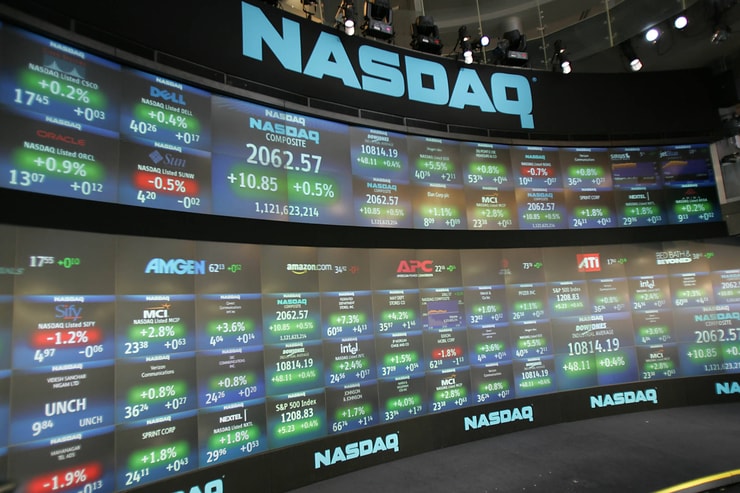This is a great guest post by a new trading challenge echoing my thoughts in this free video lesson about sympathy plays:
One of the most common tactics in promotions or just general pack-and-ship stock advice is to use stocks in the same industry or some other association as one of the “selling” points. Promotions use this all the time in their blast emails, but even general stock advice does it in order to have something to say that is not a stock in the spotlight. For stocks on major exchanges you can call it the hipster method, because they are trying to go to other stocks in a great industry before everyone else.
There are a ton of examples. Inboxes were flooded with OTC stocks with the next big gold company when the price of gold was flying high. There were even penny promotions regarding solar panels, as if a nuts and bolts operations could manufacture solar panels that could be profitable. The associations also extend to larger solar stocks. The IPO of SolarCity (SCTY) has elicited a push for Real Goods Solar (RSOL). Nothing is immune from a quick push in the financial media.
The Fundamental Components of Association
Industries are treated as one group at times. When one company reports great earnings other companies see gains in benefit. The general events that benefited one company would benefit the other company. That is why you see these sympathetic rises. At the same time negative news can send the whole industry down. This is the evidence that has helped association become such an important part of pushing certain stocks.
Evidence is not the sole source of this assumption. It also comes down to growth stocks and similar situations. These are entire industries seeing a massive benefit due to something like a new technology. It might be too late to grab First Solar, but check out this new innovative solar company that only trades for $2. That would be the general idea behind promotions or stock picks based on association. It is hard to see the meteoric rise of a company in a new technology and not want to grab a piece of it.
Using that Association
More Breaking News
- Is LQR House Inc. A Hidden Gem?
- BTCS Director Michal Handerhan Alters Portfolio Amid Market Shifts
- BigBear.ai Stock Under Investigation
You will recall that RSOL has some press that plays on a connection to SCTY. It is just a solar-to-solar connection of being in the same industry, not some sort of parent-subsidiary relationship or anything. It does form a great story. The point is to feed off the natural attention that exists. The same thing happens during certain seasons. During the summer you might see a push for garbage stocks that have a summer theme. During Christmas you can be bombarded with some silly OTC ornament maker.
Impeccable yet superficial logic permeates a situation like RSOL or a small gold miner during a great time for gold. Solar does have massive potential, but SCTY has a lot of interest because of connections to people like Elon Musk. Even if SCTY has potential, despite some early weak earnings, that does not mean RSOL has the same potential. The market just works in funny ways. Even people who see the winking going on with the connection between the two companies might buy the stock to try and benefit from the ignorance of other people. Trading is all about playing sentiment, and this is an opportunity. This has the effect of pushing the stock up even higher. Eventually the limelight goes away. It might be when SCTY suffers a pullback from its post-IPO bliss, or any other reason. SCTY has its potential based on its own merits, which might still be specious, but RSOL has done little to earn the interest it is getting.
When the penny finally drops some people will be left holding the bag. Diverting the limelight only works for so long. There are various reasons. The company itself doesn’t deserve its attention like I mentioned. Also, the attention won’t last even for the original star of the show. Hot penny stocks get less hot, and growth industries do not always remain darlings as cold reality sets in. So where does that leave the trader? Well predicting the upward sentiment would be taking a potshot at it. However, once the rise on nothing has occurred the logical next step would be a decline. A rise is never assured, and neither is a decline. However, if the rise is on the thinnest of pretenses at least a decline is far more probable and predictable.
Conclusion
Never assume that just because A and B are letters that they are the same. The same is true of stocks. The companies operate in the same world so certain factors will affect the companies, but that does not make them identical. It also does not guarantee that both companies will see the same benefit. Divergences do happen. In the case of SCTY and RSOL, an IPO and connection to a influential person is not something that can be transferred by association. SCTY is not evidence of the resurgence of solar or of the discovery of a massive vein of gold that all companies can partake in, for now it’s success is just Musk magic.



Leave a reply